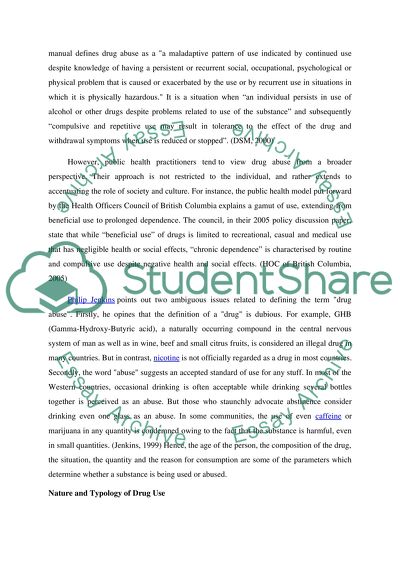Cite this document
(“The problem of policing illegal drug and substance abuse Essay”, n.d.)
The problem of policing illegal drug and substance abuse Essay. Retrieved from https://studentshare.org/sociology/1497040-the-problem-of-policing-illegal-drug-and-substance-abuse
The problem of policing illegal drug and substance abuse Essay. Retrieved from https://studentshare.org/sociology/1497040-the-problem-of-policing-illegal-drug-and-substance-abuse
(The Problem of Policing Illegal Drug and Substance Abuse Essay)
The Problem of Policing Illegal Drug and Substance Abuse Essay. https://studentshare.org/sociology/1497040-the-problem-of-policing-illegal-drug-and-substance-abuse.
The Problem of Policing Illegal Drug and Substance Abuse Essay. https://studentshare.org/sociology/1497040-the-problem-of-policing-illegal-drug-and-substance-abuse.
“The Problem of Policing Illegal Drug and Substance Abuse Essay”, n.d. https://studentshare.org/sociology/1497040-the-problem-of-policing-illegal-drug-and-substance-abuse.


